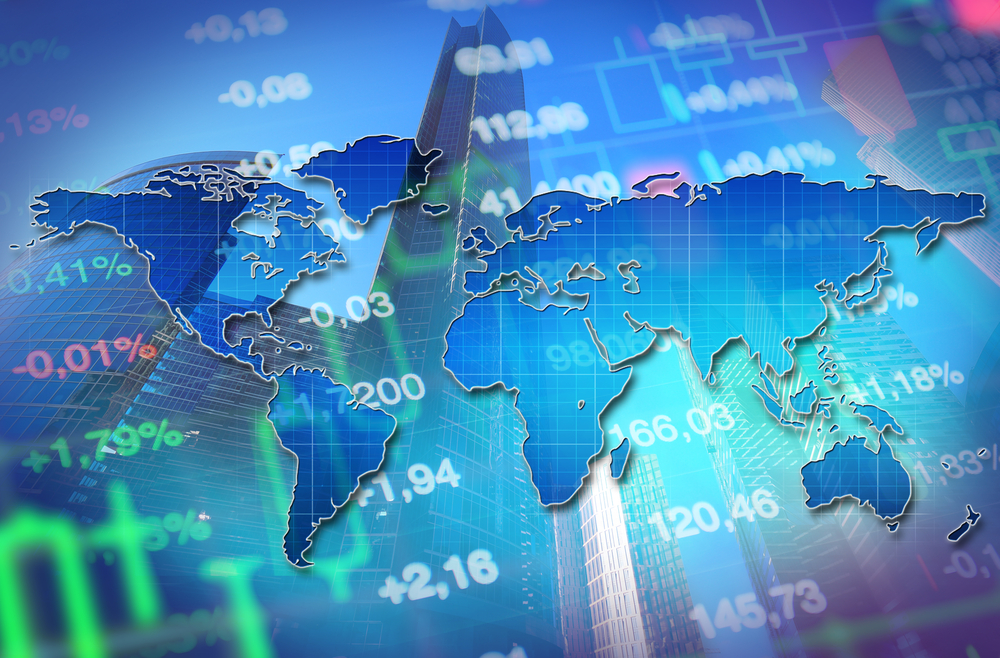Experienced Investor
What does 2023 have in store for the global economy?

Written By:
Rebecca Goodman
Posted:
Updated:
20/12/2022
An economic recession is widely predicted but it’s anyone’s guess over how long it will last or how hard it will be.
Inflation is soaring but last month’s rate showed it falling back slightly to 10.7% but high energy costs still remain a significant concern.
As the end of the year approaches, many will be looking forward to 2023 to see what it holds in store.
Here we look at some predictions from Capital Economics for the economy in the new year.
10 financial predictions for 2023
- An economic recession is on its way: Survey data is now consistent with falling output in the euro-zone and there has been a marked slowdown in growth in the US. What’s more, the full effects of the substantial tightening of monetary policy over the past 12 months have yet to be felt. However, the contractions in GDP will be much smaller than the past two recessions and it won’t be a re-run of 2008 or 2020.
- Base rate to rise to 4.5%: We expect the European Central Bank (ECB) to hike its policy rate to a peak of 3% by mid-2023 and the Bank of England to raise interest rates to a peak of 4.5% over the same period. We expect the Fed to raise interest rates to a peak of 4.75-5.00%.
- The housing sector will be hit hard by a recession: Interest rate-sensitive sectors such as housing will be hit particularly hard by another recession. Economies in Europe are also having to contend with a large hit to their terms of trade, which will continue to weigh on real incomes.
- The US will be in recession within six months: There is a 90% probability that the US will be in recession in six months’ time. The rate has never been this high without a recession following. However, in the case of the US at least, a relatively mild recession is anticipated. In Europe it’s expected to be deeper, with a peak-to-trough fall in output of around 1.0% in the euro-zone and 2.0% in the UK.
- China will face economic disruption as it reopens: The outlook for China has brightened in recent weeks as the government has taken the first steps towards relinquishing its policy of zero-covid. But shifting to a policy of “living with covid” will be more difficult than many assume. The experience of other countries suggests that China will suffer renewed waves of infections as it reopens, which will bring more near-term disruption to the economy. And even if everything goes right on the COVID front, the economy still faces considerable headwinds from a property sector in crisis and an export sector hit by weaker global demand.
- Slowdown in GDP growth: Forecasts point to a sharp slowdown in world GDP growth in the first half of 2023 which are consistent with a global recession. But recovery is anticipated towards the end of the year helped by a pick-up in China and better news on inflation.
- Signs that inflation is already easing: There is already substantial evidence that goods inflation is slowing as shortages ease.
- Energy prices will remain elevated but energy inflation should slow: There remain bigger questions over the path of services inflation (and non-goods core inflation), which is governed to a much greater extent by the balance of aggregate demand and supply in economies.
- Unemployment will rise: Unemployment is predicted to rise across advanced economies, which will take the heat out of labour markets. Services inflation (and core inflation) is expected to have moderated across developed markets by the end of 2023.
- A bumpy road for 2023 but economic recovery likely: Neil Shearing, group chief economist for Capital Economics, said: “The one thing we can be reasonably sure about is that the economic backdrop is likely to look and feel very different in a year’s time. Wind the clock forward 12 months and our sense is that 2023 will have been a year of recession in advanced economies, a bumpy reopening in China, and falling inflation everywhere, but particularly in the US. But with an economic recovery likely to commence over the second half of the year, and with the Fed mulling rate cuts by year-end, this time next year could be looking (a little) brighter.”